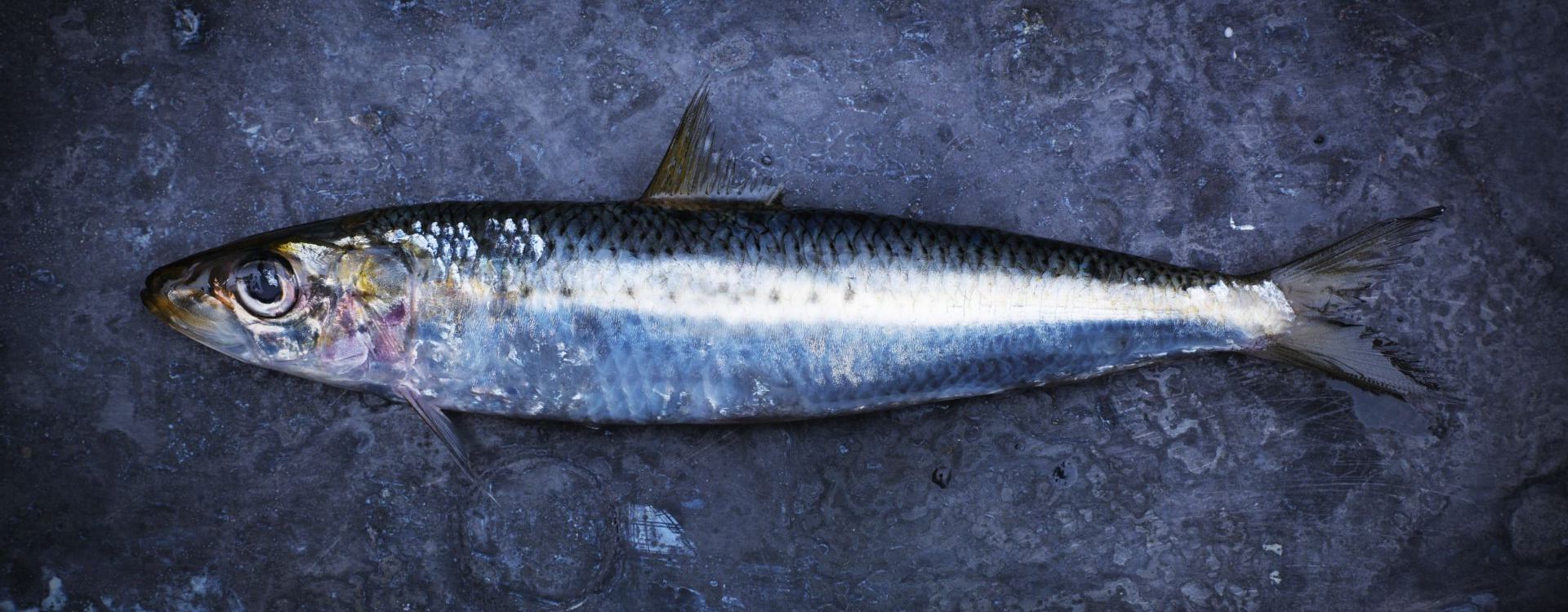Overview
Commercial and recreational fishing inevitably results in the capture of unwanted fish species. While some of these species are sold at low prices for low-value products, a significant portion are discarded at sea.
Despite advancements in fishing gear to reduce bycatch, large volumes of underutilised species are still caught. Most of the landed product is directed towards pet food, bait, and rendering for fish meal and oil due to a lack of demand and supply chain issues.
FRDC has supported numerous projects (valued at over $6.6 million dollars) that have sought to investigate commercial opportunities for the use of currently underutilised wild caught fish species. Underutilised species include:
- Fish that are caught, but not used for human consumption. These fish are returned to the sea (discarded) or used for low value products – e.g. fertiliser, bait.
- Fish that are not caught even though quota exists and licenses to harvest have been issued.
- Fish that are neither caught nor included in current licensing arrangement yet might be caught in sustainable quantities.
Not much is known about the precise impacts of increasing the consumption of underutilised species. More information is needed on consumer perceptions, tastes, preferences and attitudes to price and availability.
Research highlights and findings
Review of projects concerned with improved use of underutilised species
2017-185 (A review of projects concerned with improved exploitation of underutilised species) aimed to understand the factors influencing the supply and demand of underutilised species and to provide recommendations for future FRDC research and investment.
Key findings
The study reviewed over 42 projects and found that using a whole supply chain approach was most effective for commercial success.
Only seven of the completed FRDC projects achieved commercial success, defined as significant volumes of fish being consistently harvested and sold. Six of these seven projects adopted a whole supply chain approach.
The project recommended that future FRDC research funds should be invested only to fill knowledge gaps.
Australian Wild-caught barramundi food service market strategy 2023-2028
FRDC Project 2019-067 (led by Honey & Fox) created a five-year marketing plan to help boost the value and consumer perception of Australian Wild-caught Barramundi (Lates calcarifer). The plan outlines how to increase value of the industry by creating a new distinctive position within the Australian food service sector, including fast food, catering services and restaurants. The project has taken a whole supply-chain approach.
Are media messages to consume more underutilised seafood species reliable?
A research paper, presented by Dr Anna K Farmery, highlighted how the sustainability of a species is more dependent on the management applied to that fishery, rather than by consumer demand. For this reason, consuming underutilised species may not be the easy shortcut to sustainability that it is often advertised to be.
Examples of underutilised species
| Specie | Description | Location | Status of Australian Fish Stock | FRDC investment |
|
Eastern and Western Australian Salmon (Arripis trutta & Arripis truttaceus)
|
Australian salmons are strong-flavoured fish, usually with dark pink flesh that lightens when cooked. Their medium oiliness offers many different preparation methods, such as grilling, baking or smoking. To reduce the intensity of the flavour, remove the strip of dark flesh (blood line and muscle) from along the outside surface of the fillet (i.e., the surface directly beneath the skin). | Eastern and Western Australia | Sustainable |
2016-121: Workshop to implement a National approach to Australian Salmon market development and supply 2008-794: Determination of consumer preferences between commercial fish species 2006-018: Australian salmon (Arripis trutta): Population structure, reproduction, diet and composition of commercial and recreational catches in NSW |
|
Saddletail Snapper
|
Saddletail Snapper have superb white flesh and a delicate, yet generous, flavour. They can be prepared in a wide range of ways including grilling, poaching, deep frying, shallow frying, baking and steaming. Simple pan-frying allows for a range of different flavours and textures to be utilised. | Northern Territory, Queensland, Western Australia | Sustainable |
2010-207: Management of ‘tough fish syndrome’ in tropical Saddletail Snapper to re-instill market confidence 2008-208: Empowering industry R&D: Improving profitability to industry through the identification and management of ‘tough’ fish syndrome in tropical Saddletail Snapper |
|
Australian Sardine
|
Australian Sardine is a strong-flavoured finfish and strong-flavoured ingredients are recommended. It can be cooked whole, and is well suited to grilling, accompanied by strong flavours. It is great in a tandoori or skewered. | Commonwealth, New South Wales, South Australia, Western Australia | Sustainable |
2023-005: Research to support the development of a Tasmanian Sardine Fishery 2013-746: Seafood CRC: optimising the size and quality of sardine through real-time harvest monitoring 2010-774: Seafood CRC: successful sardines – post-harvest optimisation and new product development |
|
Longfin Eel
|
Long-fin eels have a long tubular body and a broad head with thick fleshy lips. The colour of their sides and back varies from olive-green to brown. They are found commonly in Victoria, New South Wales, Queensland. They can also be found in Tasmania. Long-fin eels are best prepared smoked or pickled. |
Queensland, New South Wales, Victoria, Tasmania |
Sustainable |
2018-087: Maximising the value of the NSW Long Fin Eel catch through a whole of supply chain approach - Stage 1 |









